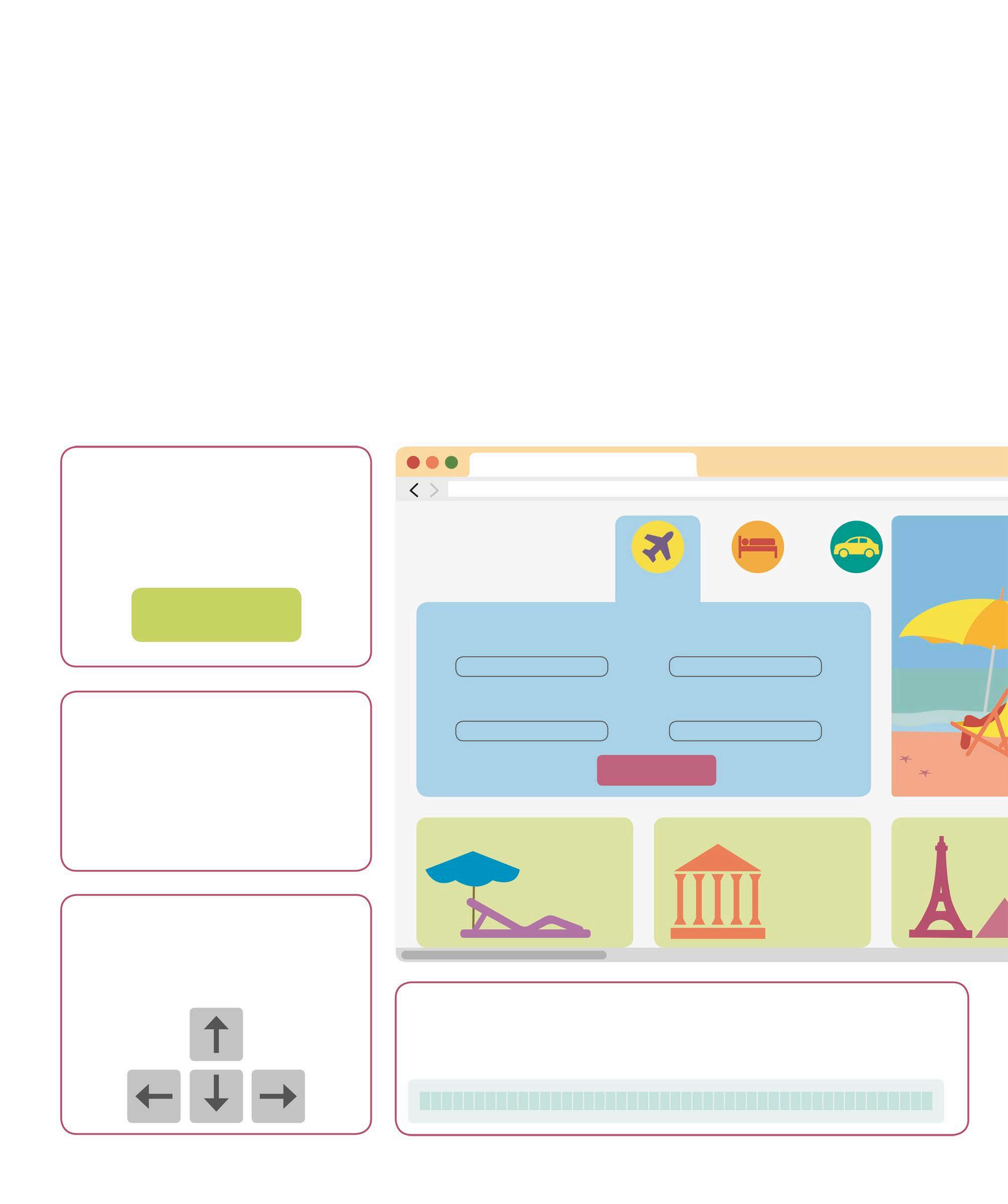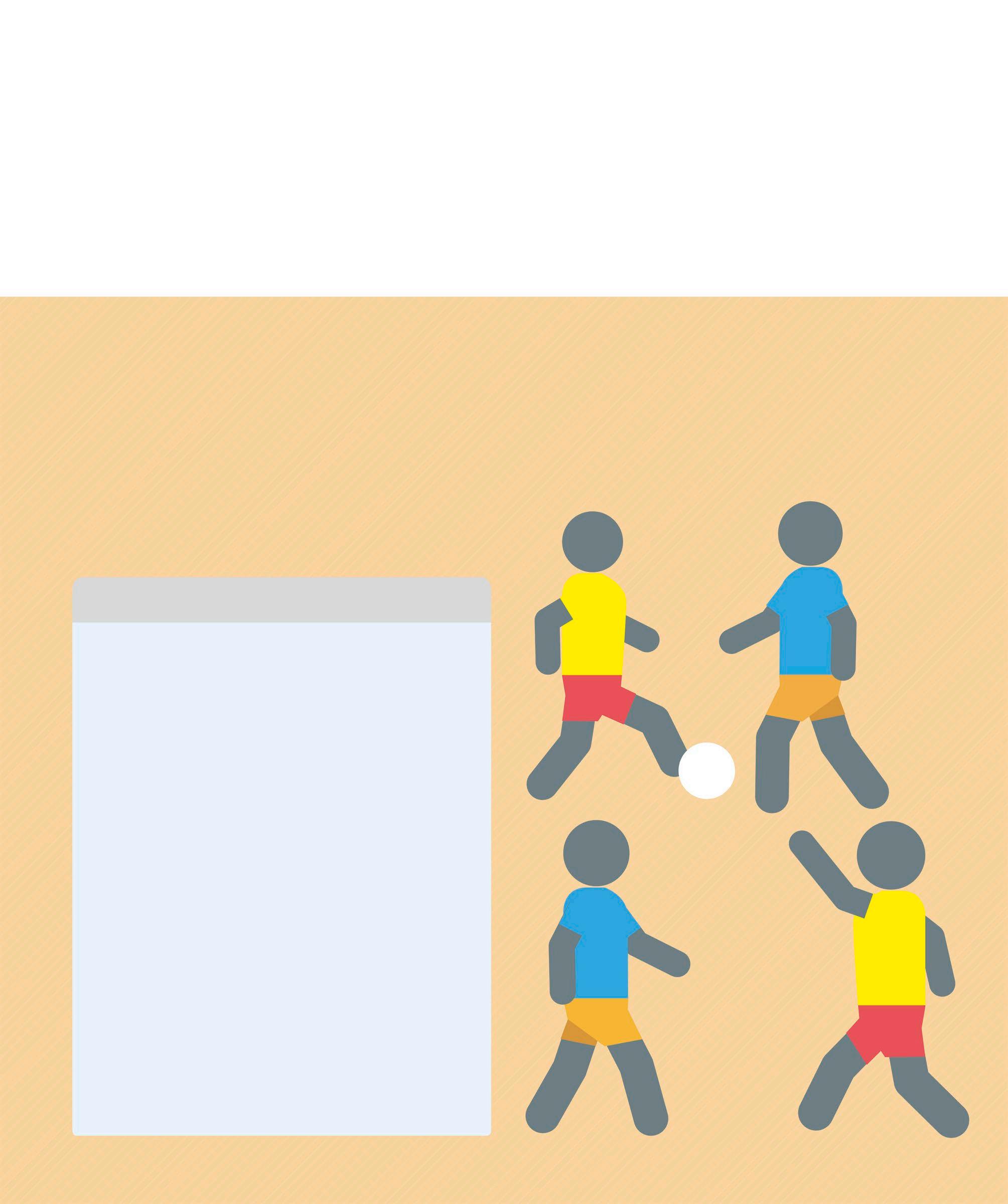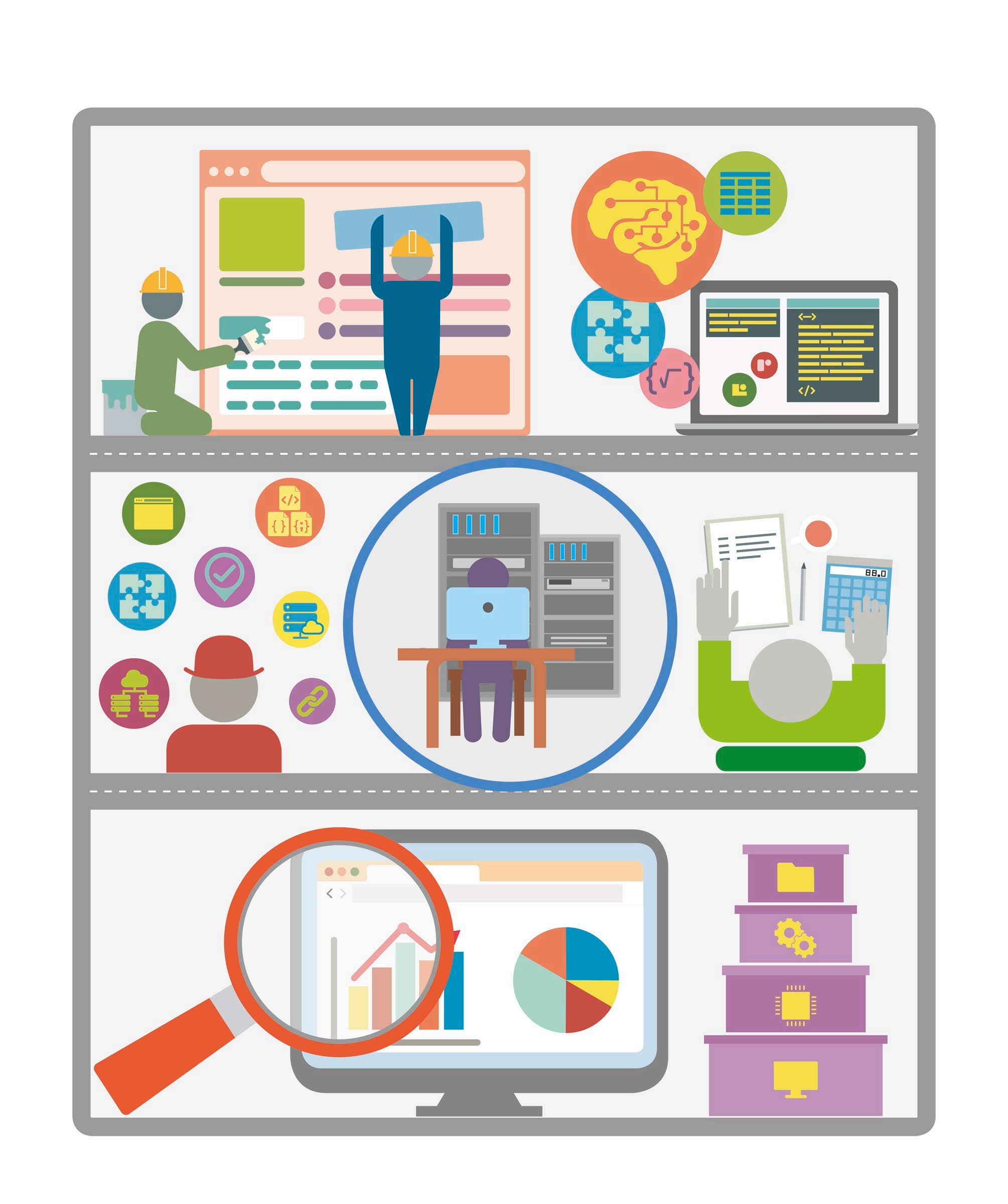Libraries and frameworks JavaScript makes extensive use of libraries of prewritten functionality that can be called in the code to make programming easier and faster. Frameworks on the other hand provide a standard way of programming, by calling and using the code as needed. Types of libraries and frameworks There are various JavaScript libraries to help with all common programming tasks. For the user interface, there are tools for responsive layouts, manipulating HTML elements, and managing graphics on screen. For data processing, there are libraries to keep data synchronized, to validate user input, and to work with maths, date, time, and currencies. There are even comprehensive testing frameworks to ensure that code runs as expected in the future.
JQuery JQuery is a framework that contains many useful tools, such as animation, event handling, and AJAX (see p.265). It takes complex JavaScript code and wraps it into simpler methods that can be called with a single line of code.
NODE.JS AND NPM Node.js is a run time environment that is used to create web server and API applications in JavaScript. It has a large library of JavaScript files that perform all the common tasks on a web server, such as sending requests to a computer’s file system and returning the content to a client once the file system has read and processed the requests. The JavaScript files that define the Node.js environment are interpreted by the Google JavaScript Engine outside of the browser. Node Package Manager (NPM) is a package manager for programs written in JavaScript. It contains a database of both free and paid-for applications. You need to install Node.js before using NPM.
ReactJS This library is used for building interactive user interfaces (UIs). It allows programmers to create complex UIs from small pieces of code, called “components”. ReactJS uses this component model to maintain state and data binding in single-page apps.














































